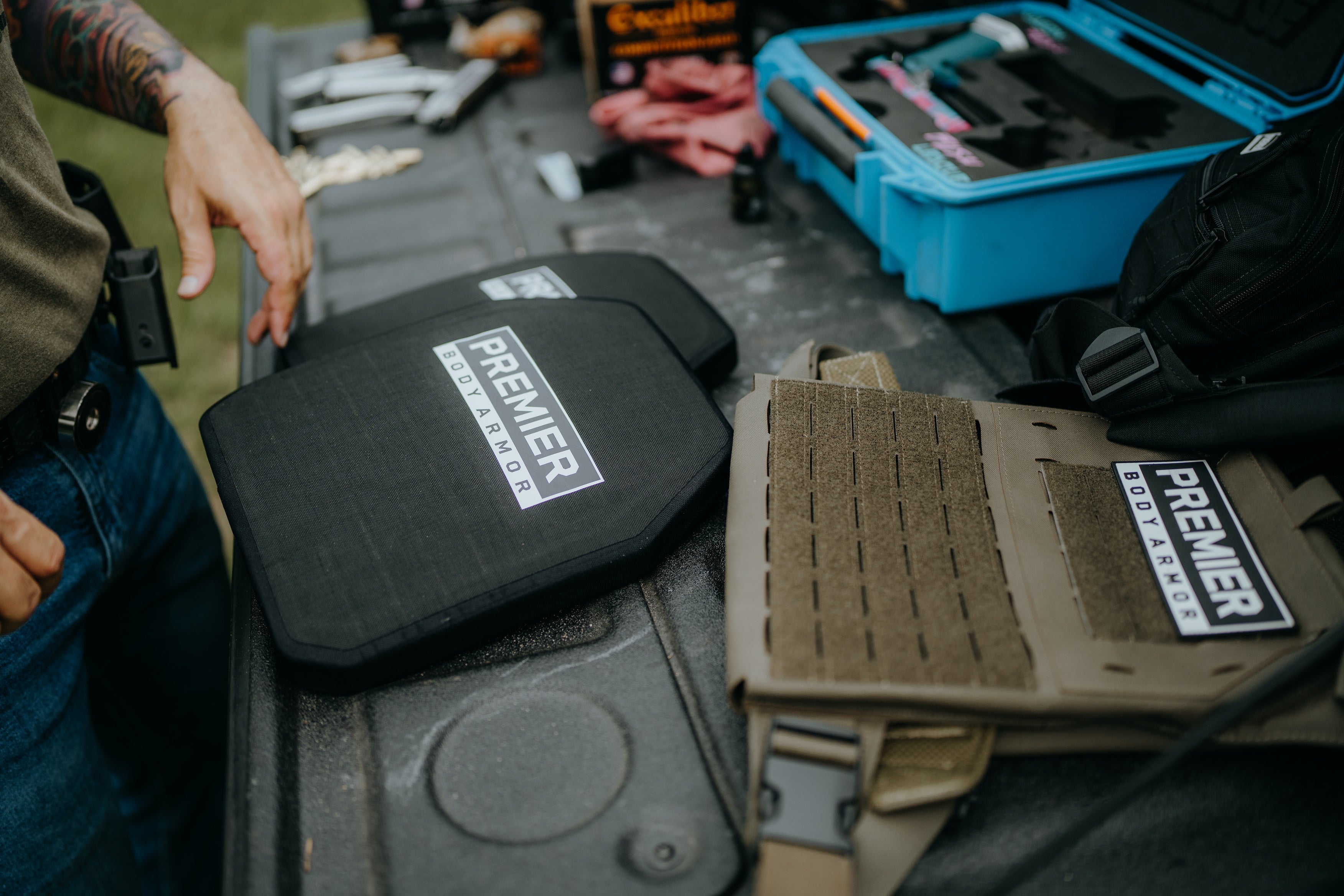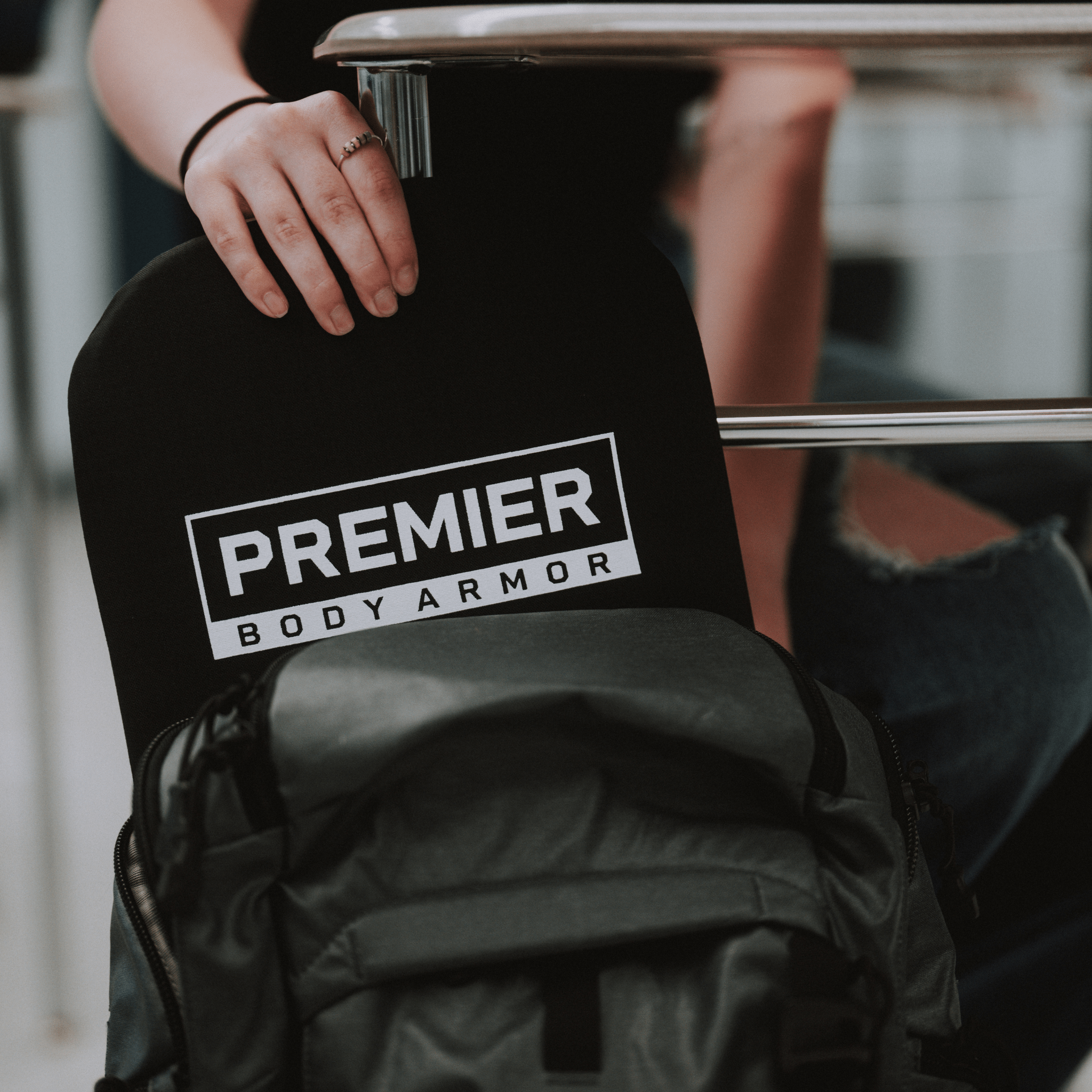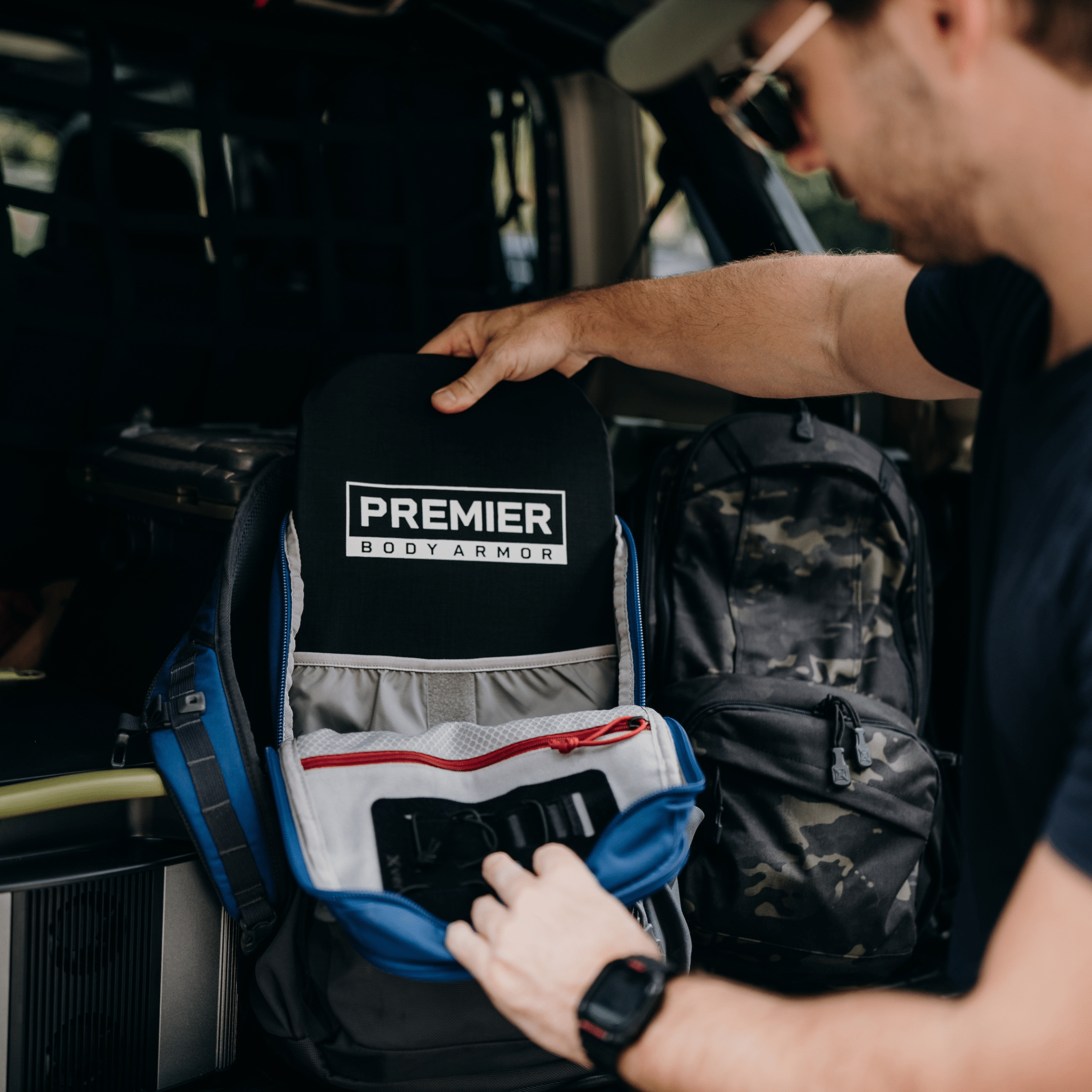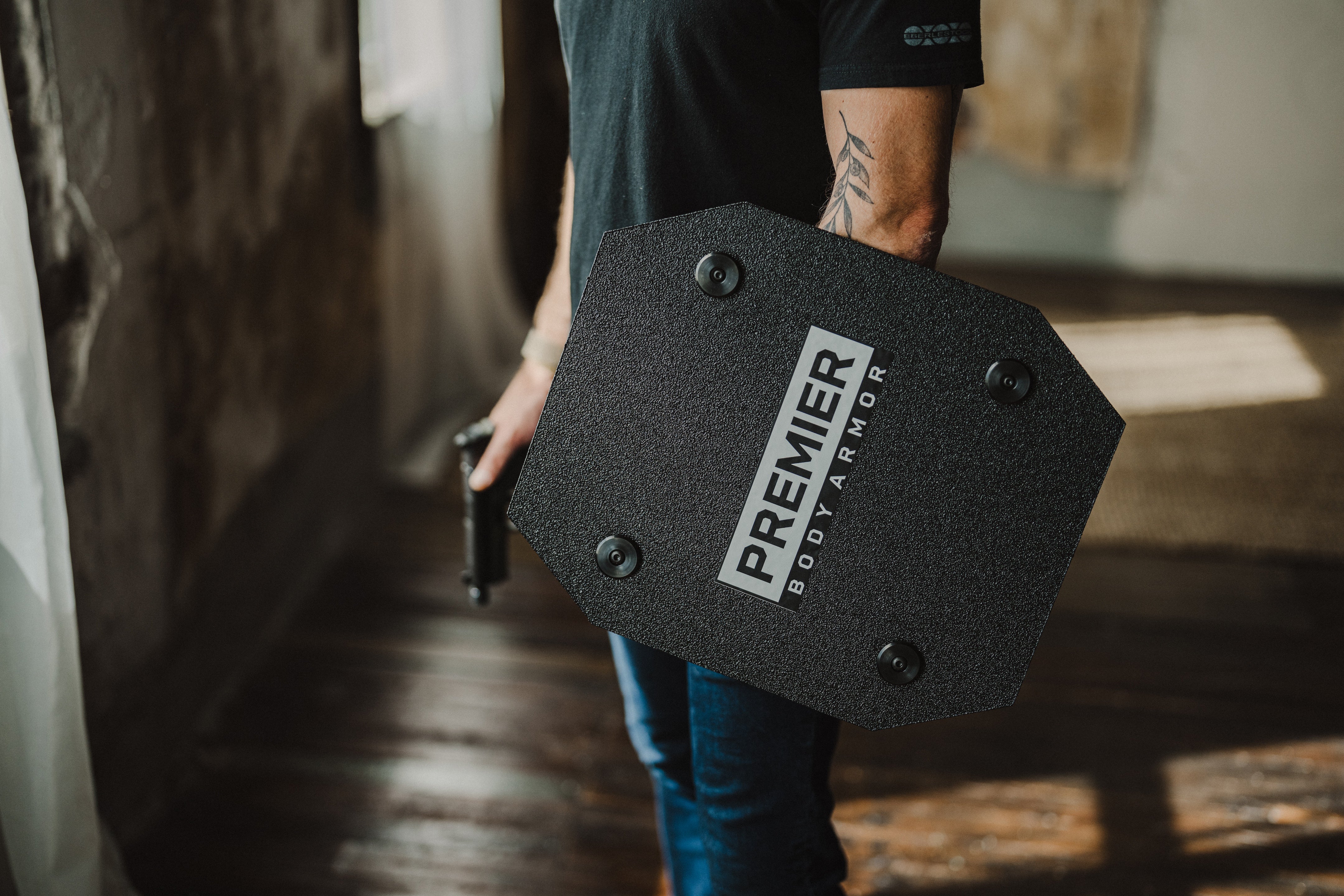A Complete Guide to the Most Popular Body Armor Plate Cuts
If you’re exploring different armor plate cuts, you might notice the variety of options available. While all armor is designed to protect against ballistic threats, the difference in plate cuts affects coverage, mobility, and comfort. Understanding these distinctions is essential when selecting the best armor for your needs. In this guide, we’ll break down the most popular body armor plate cuts so you can make an informed decision.
Whether you’re a law enforcement officer, a security professional, or someone who values personal protection, understanding these armor plate cuts will help you find the best protection.
Why Does Body Armor Come in Different Cuts?
Body armor comes in different cuts to accommodate varied mission requirements, body types, and mobility needs. Whether you require full coverage for maximum protection or enhanced mobility for tactical applications, the right plate cut can significantly impact performance and comfort.
Let’s look at some specific things that change when we adjust the cut of the armor.
The first factor is coverage. More material equals more protection. At first glance, this seems like it would be the most important factor.
But coverage comes at the cost of mobility. Mobility is obviously a nice thing to have for comfort, but many don’t realize mobility is also a safety feature.
Lack of mobility can put certain people in compromising situations. Everybody has different mobility requirements. If coverage were the only factor, you’d see more people with bulletproof pants.
Other factors like body shape are simply too important to ignore. Certain cuts fit to different types of bodies more securely. Certain motions, such as drawing or presenting a weapon, require a specialized cut in order for body armor to stay out of the way.
The trick when picking body armor without getting overwhelmed is to narrow down your options in the right order. Before worrying about what rifle armor plate cuts work best, make sure you know what level of protection you need. We've made this easier in our Understanding Body Armor Ratings article.
Full Cut Body Armor Plates – For Maximum Protection
Full cut body armor plates provide the widest coverage, offering maximum protection against ballistic threats. Unlike specialized cuts, these plates maintain their full rectangular shape to cover a larger surface area, making them ideal for static defense roles, security personnel, and vehicle operators.
Advantages of Full Cut Plates
Let’s start with the benefits: Full cut armor plates give you the best protection of any cut. They cover a larger area of your body, allowing fewer gaps in your coverage. When it comes to keeping you safe, a full cut plate is second to none.
Full Cut Armor Disadvantages
The downside of full cut plates? They can be heavy and bulky.
That extra coverage means extra weight, which can slow you down and make moving around a bit of a hassle. If you need to stay agile and light on your feet, full cut plates might not be your best bet.
Additionally, the weight can get tiring if you’re wearing them for long periods. So, it’s a trade-off between maximum protection and mobility. These plates provide the most cover of the cardiac box.
For a lot of people that practice shooting all day at a gun range, full cut plates aren’t necessary. In a lower risk scenario, many instead opt for a different plate cut.
Swimmers Cut Body Armor Plates – For an Increased Range of Motion
Swimmers cut body armor plates are designed to enhance mobility and range of motion, making them ideal for high-speed operations and close-quarters combat. These plates feature strategically cut angles at the shoulders and sides, reducing weight while maintaining protection for vital areas.
This allows for a greater range of motion, making it easier to move your arms freely without sacrificing too much in the way of protection. If you're in a role where agility and quick response are crucial, swimmers cut plates are a top choice.
Advantages of Swimmers Cut Plates
When it comes to swimmers cut vs regular plates, the main advantage is clear: mobility. Swimmers cut armor plates give you more freedom to move, which is essential in dynamic and fast-paced environments. Whether you're handling a firearm, climbing, or engaging in close-quarters combat, these plates allow you to stay agile and responsive.
On top of maneuverability, they are lighter and less fatiguing. Certain repeated motions, like drawing a weapon, can be easier. These plates still cover the cardiac box, and can be found in multi curve and with multi hit capability like other plate cuts.
Swimmers Cut Armor Disadvantages
There are some trade-offs to a swimmers cut plate. Swimmers cut plates, while great for mobility, offer less overall coverage compared to full cut plates. The reduced material means the area of protection is smaller, particularly around the shoulders and underarms.
So, what you gain in agility, you will lose in comprehensive protection. As with all body armor products, considering your environment and situation can help determine which is higher priority for you.
Shooters Cut Body Armor Plates – Balance Mobility with Protection
Shooters cut plates are one of the most widely used body armor designs, providing a balance between coverage and maneuverability. These plates feature angled top corners, allowing users to shoulder a firearm with minimal restriction while still maintaining protection over the chest and upper torso.
Shooter’s Cut Armor Advantages
The benefits of shooter cut plates are going to appeal to many people. Shooter’s cut plates offer enhanced mobility in the same way swimmers cut plates do, but with more coverage. You get the freedom to move your arms and shoulders, which helps you with aiming and shooting, but you’re leaving less gaps in your protection. This makes them versatile and practical for a wide range of tactical situations.
Drawbacks to Shooter’s Cut Plates
Like each of these designs, there are some drawbacks to shooters cut body armor. While they provide a good balance, they don’t offer as much coverage as full cut plates. The tapering at the top corners means there are still minor areas around the shoulders that aren’t as protected.
In high-risk environments where maximum coverage is needed, shooters cut plates might leave you wanting a bit more protection.
Small Arms Protective Insert (SAPI) Plates
Small Arms Protective Insert (SAPI) plates were originally developed by the U.S. military to provide lightweight, high-strength ballistic protection against rifle threats. These ceramic-composite plates were first introduced in the early 2000s and were originally designed to be worn in conjunction with soft body armor, offering increased resistance against high-velocity rifle rounds.
In 2005, the military replaced SAPI plates with ESAPI (Enhanced Small Arms Protective Insert) plates, which provided greater protection against armor-piercing rounds. Both SAPI and ESAPI plates are recognizable by their distinct shape, featuring slightly cut top corners for improved range of motion while maintaining maximum chest and back coverage.
SAPI Advantages
SAPI and ESAPI plates share the same distinct shape, often referred to as the "standard" plate cut. Their slightly tapered top corners provide more coverage than shooter’s or swimmer’s cut plates, making them ideal for those who prioritize protection over mobility.
Because SAPI plates are one of the most widely used armor cuts, they are compatible with most standard plate carriers. This makes it easier to find, compare, and swap plates across different armor setups without worrying about fitment issues.
Disadvantages to SAPI Body Armor Plates
While the tapered top corners allow for some movement, body armor SAPI plates do not provide the same level of maneuverability as shooter’s or swimmer’s cut plates. Some users may find that shouldering a rifle feels more restricted due to the broader plate shape.
Traditional SAPI plates were made with ceramic and composite materials, making them heavier than some modern options. However, advancements in UHMWPE (Ultra-High-Molecular-Weight Polyethylene) have led to lighter rifle plates in this plate cut, offering similar protection at a reduced weight.
How Do I Choose the Right Body Armor Plate Cut?
Selecting the best armor plate cut depends on your specific operational needs and threat level. If maximum protection is required, full cut plates offer comprehensive coverage. If maneuverability is essential, shooters cut or swimmers cut plates provide increased mobility. SAPI plates remain a top-tier choice for military and tactical professionals needing high-caliber protection.
For additional guidance on choosing your armor armor, check out our comprehensive guide on how to choose the best body armor.
Choosing from different types of plate cuts means balancing protection, mobility, and comfort. Whether you need maximum ballistic coverage or enhanced agility, there's an option designed for your specific requirements. Explore our industry-leading armor plates today and equip yourself with top-tier protection.
Ready to find your perfect fit? Shop our plate collection and reach out to our team with any questions you may have. We are here to help you walk through the process to find the best solution for your needs.










Leave a comment